Scarborough Marsh
It has been awhile since I posted last. After a bit of a rough winter with hospital stays and sickness, Sandy and I finally ventured out to Scarborough Marsh this weekend. We started the day at the Bug Light Kite Festival not realizing we were actually at the start of The Eastern Trail. The section of trail that we did at Scarborough Marsh is part of a 22 mile off-road trail called The Eastern Trail . The trail stretches from Bug Light Park in South Portland Maine to Kittery Maine on the Piscataqua River.
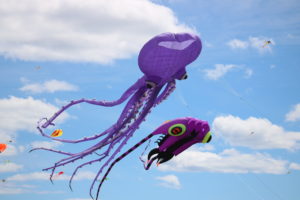
Getting There
This was our first time at the marsh. I used Google Maps to get us there but mistakenly selected Scarborough Marsh Audubon Center which will not get you to the trailhead. Instead you will need to go about a quarter of a mile further and the trailhead will be on your left with a large parking lot. Of course with this being our first outing of the year we forgot sunscreen, my sunglasses, and water bottles haha. It happens every year. We always go home and pack everything for the rest of the season.
Habitat
Scarborough Marsh is a 3100 acre estuary that provides critical habitat for a broad array of wildlife, particularly birds. Waterfowl, egrets, herons, Glossy Ibis and many species of shorebirds depend on this rich ecosystem for food, a place to rest during migration, and nesting habitat. The marsh is also an excellent spot to find a number of grassland songbirds not commonly found in other parts of Maine, as well as various birds of prey that hunt in the marsh throughout the year. Muskrat, mink, otter, and deer also frequent the wetland.
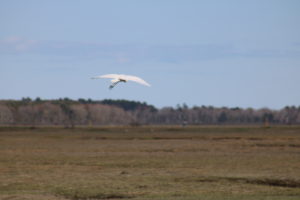
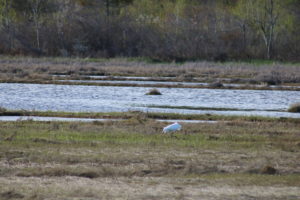
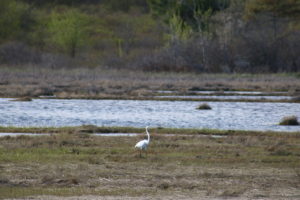
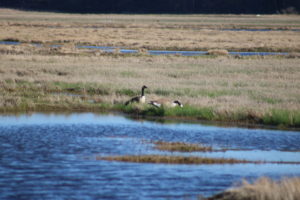
History of the Marsh
Scarborough Marsh has a long history of human use. Sokokis Indians hunted, trapped, clammed, and fished on the wetland. When European settlers arrived in the 1600s, they harvested the salt hay as fodder for cattle and sheep and used the marsh as summer pasture. The 19th century saw increased ditching, filling of pannes, and the introduction of tidal gates, which prevent the tide from flooding portions of the marsh. Channels that were dug allowed boats built inland to float through the marsh out to sea.
When haying declined in the 1900s, people began to view marshes as sacrifice areas for airports or cheap space on which to fill and build. Scarborough Marsh was even proposed as a site for the town dump. Recognizing that a significant coastal wildlife habitat was threatened, in 1957 the Maine Department of Inland Fisheries and Wildlife began the twenty-year process of acquiring the marsh. In 1972, Maine Audubon initiated a partnership with the state to convert into a nature center an old clam shack at the edge of the marsh.
Today, Scarborough Marsh is a workplace for clam diggers, a classroom for schoolchildren, a laboratory for biologists, prime territory for fishermen and hunters, and a fascinating, ever-changing world for naturalists, especially birders. Every spring and summer, more than 10,000 people begin their journey into the marsh at Scarborough Marsh Audubon Center.
The Trail
I have to confess I hadn’t actually done any research about the trail before deciding to go there. So I had no idea what to expect. I was pleasantly surprised. The trail is super flat and hard packed gravel. I had no trouble at all pushing along the surface. There were 2 very slight hills with one leading up to a bridge. I had no trouble at all navigating them. The trail is definitely a popular spot. We saw a lot of people riding bikes, walking dogs, and running. Along the way we stopped to take pictures of the egrets, glossy ibis, and many other birds. I stopped several times to check out the pools of water along the edge. There were all kinds of fish and other wildlife living in the pools. Once the trail passes the marsh it leads into a forested area. I can imagine once the leaves are in full bloom it will be quite a sight to meander through. We only went a mile. The trail is so smooth and flat, I easily could have gone a lot further.
Back to the Van
After we turned around and started our way back to the car, it occurred to me I hadn’t seen one piece of trash. I was thoroughly impressed by the cleanliness of the area. This is a true testament to the people that make use of the trail and all the volunteers that help maintain it. It is also very sad that this is something to be impressed by. It should be a normal practice to not litter and to keep the earth as clean as we can. I am just happy to see that it is happening. This summer I am hoping to do the entire 22 mile trail on my handcycle. I can’t wait to tell you all about it. So be looking for that and many more adventures including something big I am working on for this fall. Stay Tuned!

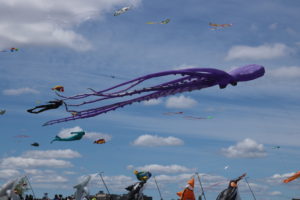
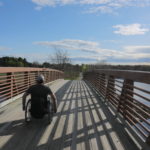

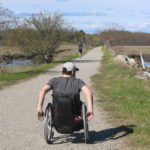

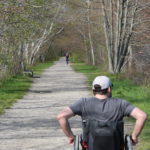
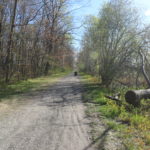
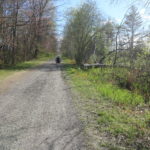
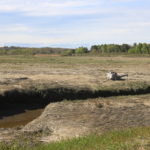
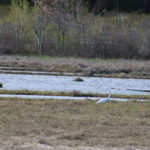
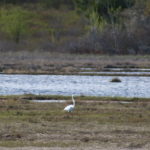
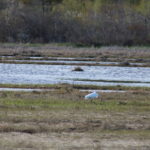

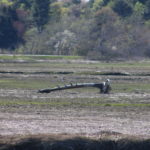
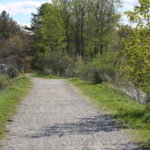


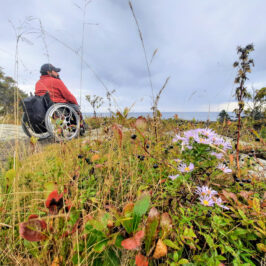
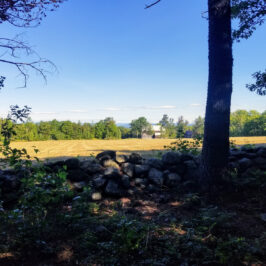

Mark
Nice article Enock!
I am glad the trail was accessible. From my experiences you never know how well maintained a dirt trail is until you get there. I look forward to see your postings on the 22 mile trail on your handcycle.
[email protected]
Thanks Mark. I appreciate it. You are the master trail blogger and I hope to be as good at it as you someday. Check out Marks blog here : https://www.sccgov.org/sites/parks/Pages/accessible-outdoor.aspx